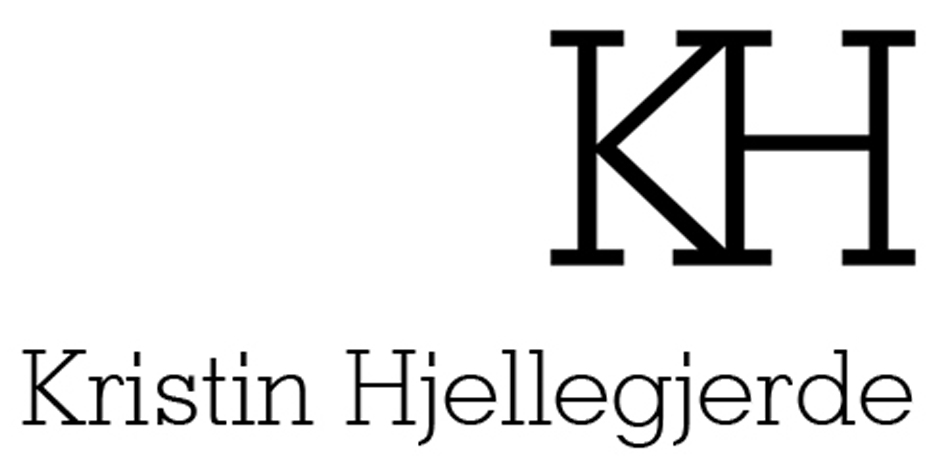Private View: Friday, 17th October 2025, 6-8pm
London
Artist Talk: Kristian Evju with Tamsin Hong
18th November, 2025, 6.30PM
London, SE1 3LD
An aristocratic-looking lady stands with her hands clasped behind her back, fixing us with a searching stare. Behind her, the bones of a once-grand building give way to a vast, misty landscape. Hinterlands, Norwegian artist Kristian Evju’s first solo exhibition with Kristin Hjellegjerde Gallery, transports us into surreal reimaginings of history where the boundaries of time and place begin to dissolve. These works are prompted by the question: what if? What if history had unfolded differently? What if we remembered it otherwise? Yet rather than offering answers, Evju simply sets the stage. His compositions are tableaux in which real people, objects and fragments of history are pulled from their original contexts, cut apart, reassembled and readied for us to bring to life.
Evju’s process begins with archival research: trawling through collections for images and stories that resonate with him, whether a detail of a building, a sculpture, a plant or a figure sidelined by history. These become the props and protagonists of what he terms ‘historical fictions’. The starting point for this particular show was 20th-century Vienna – the era of Sigmund Freud and high society. Though Evju has never visited the city, he has long been drawn to its mythic aura. His compositions are, in part, reimaginings of that time. Less focused on specifics than on conjuring a mood or ambience, he stages encounters between people and objects that existed but may have never met. Alma Mahler-Werfel, for instance – often remembered only in relation to her famous husbands, though she was an accomplished musician and scientist in her own right – appears here as a lone, commanding figure beside a sculpture of Medusa’s beheading. Elsewhere, we encounter the spectres of Hedy Lamarr, Sabina Spielrein and Mileva Marić, as well as anonymous figures cut from magazines and amalgamated from prison mugshots. Whether or not we recognise the individuals is, in a way, beside the point: in being lifted from their contexts, they are imbued with new meaning and possibility.
While in Evju’s paintings the figures and architectural fragments are depicted in black and white – echoing archival footage and evoking a sense of haunting – the fairytale-like backdrops are lush with colour. These landscapes are at once specific and non-specific, inspired by August Cappelen’s Black Lake (Svarttjern) (1852), a romantic vision of a Norway that no longer exists – or perhaps, like Evju’s fictions, never truly did. They can also be read as projections of the artist’s own imagination, landscapes of thought in which our own minds are invited to roam. There is a contrast too, between the lushness and fluidity of nature in comparison to the cool precision of the black and white image, and the crumbling ruins of grandeur, that resonates with contemporary anxieties around the collapse of civilisations, both past and present, and the ongoing ecological crisis.
A similar tension emerges in Evju’s drawings, rendered with such precision they appear photographic from a distance, yet closer inspection reveals subtle distortions – a woman with three arms, a figure with two heads – uncanny glitches that pull us into the digital age. For this exhibition, Evju used AI to conjure scenes from his collected fragments, creating another kind of archive to reflect on the way in which contemporary modes of technology can bend and warp our understanding of the past as well as of the present moment. As Evju notes: ‘While the distrust in images and facts makes reality difficult to assemble, the parallel realm of fiction provides a safe space to keep the overspill of the unacceptable or unbelievable.’
In this sense, Evju’s works themselves are hinterlands: unknown territories where time loses its grip and imagination takes over.


